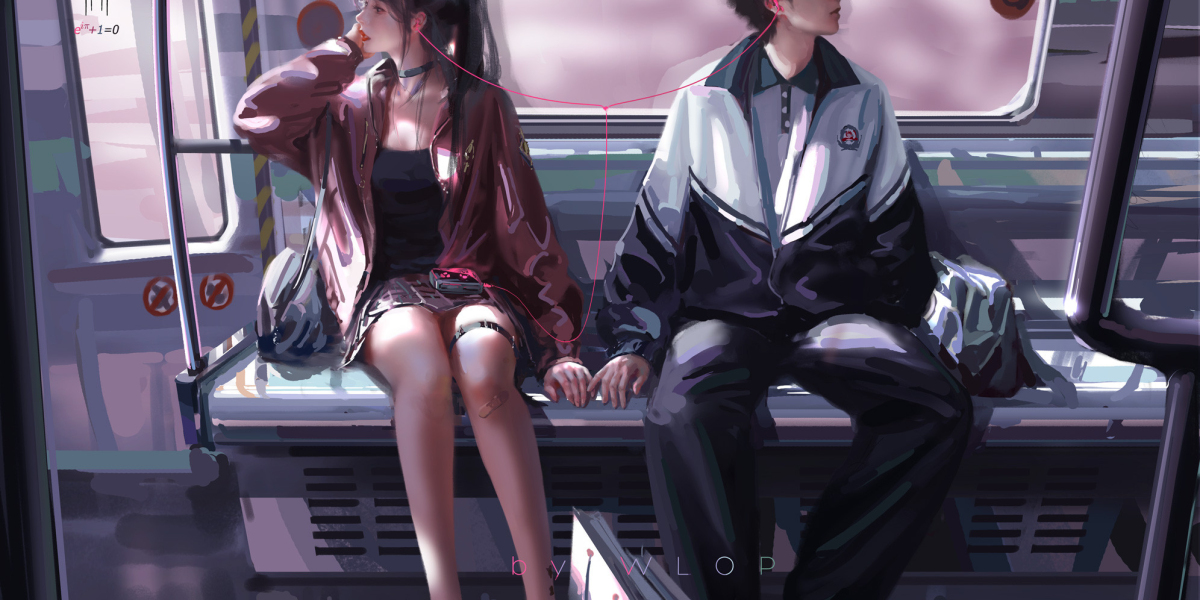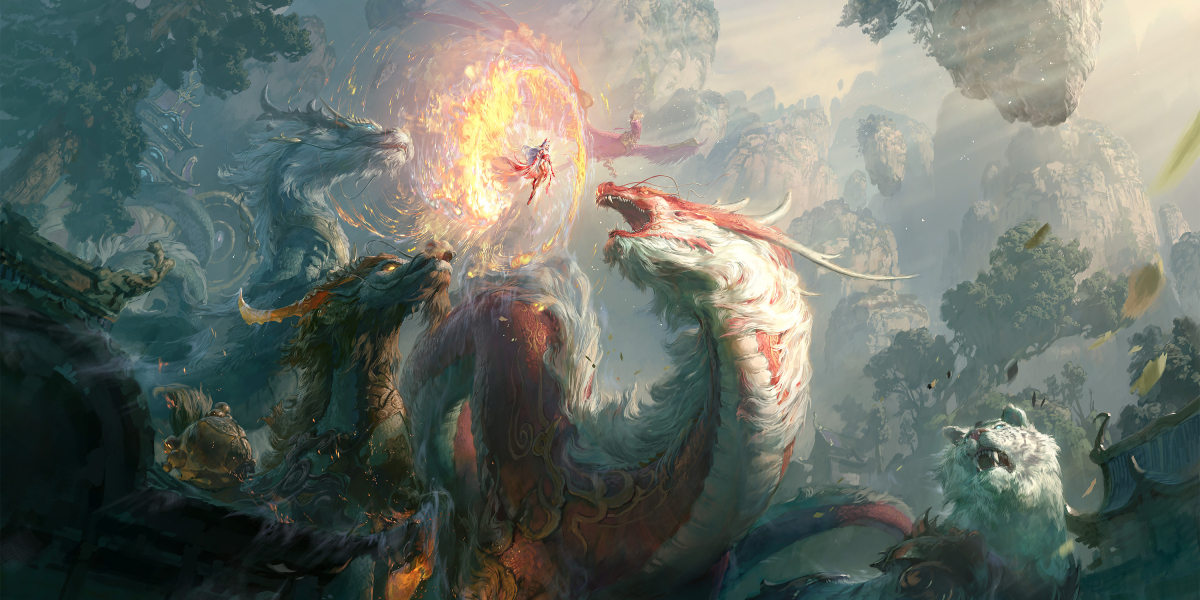Unlocking the Mystery of Abstract Wall Art: A Journey Through Its Enigmatic History and Diverse Styles
Abstract wall art captivates viewers with its unique ability to elicit emotions and provoke thought through color, form, and composition. It transcends the traditional boundaries of representational art, allowing for a more personal interpretation of the piece. This genre of art invites us to explore not only the artist's intent but also our own feelings and experiences. As we delve into the world of abstract wall art, we will uncover its rich history, tracing its evolution from the early 20th century to contemporary styles. Each brushstroke tells a story, and each piece is a gateway to understanding the complexities of human emotion and creativity. Join us on this journey as we explore the origins, influential movements, diverse styles, and the critical role of color and form in abstract wall art.

The Origins of Abstract Wall Art
The roots of abstract wall art can be traced back to the late 19th and early 20th centuries when artists began to challenge the conventions of realism. The advent of modern art marked a significant shift in how art was perceived and created. Artists like Wassily Kandinsky and Piet Mondrian sought to express ideas and emotions without relying on recognizable forms. Kandinsky, often regarded as a pioneer of abstract art, believed that colors and shapes could convey spiritual truths and emotions. His works, characterized by vibrant colors and dynamic forms, paved the way for a new artistic language that prioritized feelings over representation. As the 20th century unfolded, abstract wall art emerged as a distinct form of expression, gaining traction in the art world and influencing various movements and artists who followed. The impact of abstraction was profound, leading to a broader acceptance of non-representational art, which would later flourish in the hands of numerous artists across the globe.
Key Movements Influencing Abstract Wall Art
Throughout history, several key movements have significantly influenced the development of abstract wall art. One of the most notable is Cubism, which emerged in the early 20th century, led by artists such as Pablo Picasso and Georges Braque. This movement broke down objects into geometric shapes and reassembled them on a flat surface, challenging the traditional perspective of art. In contrast, Surrealism infused abstraction with dream-like imagery and unexpected combinations, with artists like Salvador Dalí exploring the subconscious mind. Abstract Expressionism, which gained prominence in the mid-20th century, further propelled abstract wall art into the mainstream. Artists such as Jackson Pollock and Mark Rothko emphasized spontaneity and emotional depth in their works, encouraging viewers to connect with the art on a personal level. Each of these movements contributed to the rich tapestry of abstract wall art, inspiring countless artists to experiment with form, color, and emotion.
Diverse Styles of Abstract Wall Art
Abstract wall art encompasses a wide range of styles, each offering a unique perspective and aesthetic experience. Geometric abstraction, characterized by precise shapes and forms, often evokes a sense of order and clarity. Artists like Kazimir Malevich utilized geometric shapes to create compositions that challenge the viewer to engage with the underlying structure of the artwork. On the other hand, lyrical abstraction emphasizes fluidity and spontaneity, allowing the artist’s emotions to flow onto the canvas. This style is often associated with artists like Joan Mitchell, whose expressive brushstrokes convey a sense of movement and energy. Color field painting, popularized by artists such as Mark Rothko, focuses on large expanses of color that evoke emotional responses. The simplicity of form in color field painting invites viewers to immerse themselves in the emotional landscape created by the colors. Each of these styles showcases the versatility of abstract wall art, appealing to a diverse audience and inviting personal interpretation.
The Role of Color and Form in Abstract Wall Art
Color and form are the fundamental elements that define abstract wall art and play a crucial role in shaping the viewer’s emotional response. Colors can evoke a wide range of feelings—from calmness and serenity to excitement and chaos—depending on their saturation, hue, and placement within the composition. For instance, warm colors like reds and yellows often create a sense of energy and passion, while cool colors like blues and greens tend to evoke feelings of tranquility and introspection. Similarly, the use of form in abstract art can influence how we perceive a piece. Sharp angles and geometric shapes may convey rigidity or tension, while soft curves and organic forms can suggest fluidity and harmony. Artists carefully consider these elements to create a dialogue with the audience, encouraging viewers to explore their interpretations and emotional reactions to the artwork.
Exploring the Depths of Abstract Wall Art
Abstract wall art represents a fascinating intersection of history, emotion, and creativity. By understanding its origins and the key movements that have shaped its development, we gain insight into the diverse styles and techniques that make this genre so captivating. From geometric abstraction to lyrical expression, each style offers a unique lens through which to engage with art. As we explore the role of color and form, we uncover the profound impact these elements have on our emotional experiences. Whether you're an avid art enthusiast or a casual observer, taking the time to appreciate abstract wall art can enrich your understanding of artistic expression and its ability to connect us all. So, step back, take a moment to observe, and allow yourself to be drawn into the mesmerizing world of abstract wall art.








